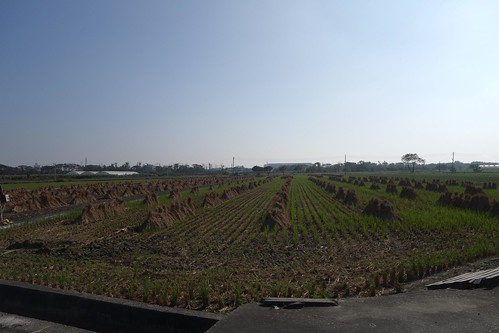From "Puppets and Cultural Identity in Taiwan", Jean-Luc Penso, pp 169-178. In Objects, Heritage, and Cultural Identity, edited by Muyard, Frank, Chou Liang-kai, and Dreyer, Serge. Taiwan Historica, 2009:
The first use of puppets was for divinatory purposes but their use became more secular over the centuries. Puppets played an essential role in the creation of the most respected and secular Chinese opera, since the art of puppets actually initiated opera. Many facts corroborate this argument. For example, the actors' gestures and particularly, the way they walk are not natural, but copy a puppet's movements. Another example is to be found in the way actors call puppeteers "Master", while a puppeteer would not have to show this form of respect to an actor._______________________
According to Jacques Pampaneau, a specialist in Chinese theater, the glove puppets called "po-te-hi" in Taiwanese or "budaixi" (布岱戲) in Mandarin are believed to have come from India by the maritime route (Pimpaneau 1977). The name for glove puppets in Sanskrit is "pu ta li", close to "po-te-hi" and "budaixi", but once again, nothing is certain regarding this possible influence.
[Taiwan] Don't miss the comments below! And check out my blog and its sidebars for events, links to previous posts and picture posts, and scores of links to other Taiwan blogs and forums!

Speaking of bu-dai-xi, highly recommended footage:
ReplyDeletehttp://youtu.be/S5SUo7yr_CE
An irresistible insight into the origins of stylized Chinese opera movement, if true!
ReplyDelete